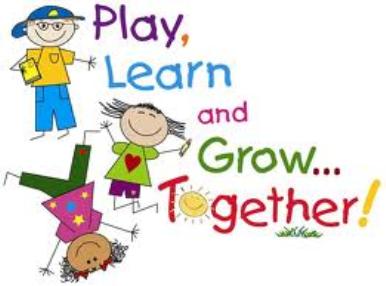There are many things we can do to create a fun environment using sand, weather inside or outside. Try some of these ideas and share other things you have found to be effective with children in your care. Here are a few suggestions to get you started. Be creative and see how you can make sand time a great learning experience! Remember to always plan activities around the ages of your children. Keep safety first!
Sand Play Area
Prehistoric Playtime
In a sandbox, sand table, or wading pool filled with sand: place plastic dinosaurs, plastic bones, and rocks in various places in the sand. Make palm trees out of paper towel cardboard and green tissue paper. Place buckets and shovels in the box and invite children to dig for dinosaurs and bones.
Outer Space and Moon Rock Hunt
Spray paint various sized rocks with silver paint and allow to dry for several days (I would actually wait a week). You can also use aluminum foil balls. Hide the silver rocks and plastic stars in the sand. Let the children go on an adventure to find the items.
Pirate’s Treasure
Hide various pirate-them plastic items in the sand such as gold coins, plastic necklaces, mini treasure chests, large plastic jewels (large enough to prevent choking especially for children 3 and younger). See what treasures they can find!
Fishing
Hide bobbers and plastic worms to find…..no hooks please.
To extend these activities read a book about dinosaurs, space, the moon, astronauts, pirates or fishing. Let the children discuss what they found and about their sand box adventures.


